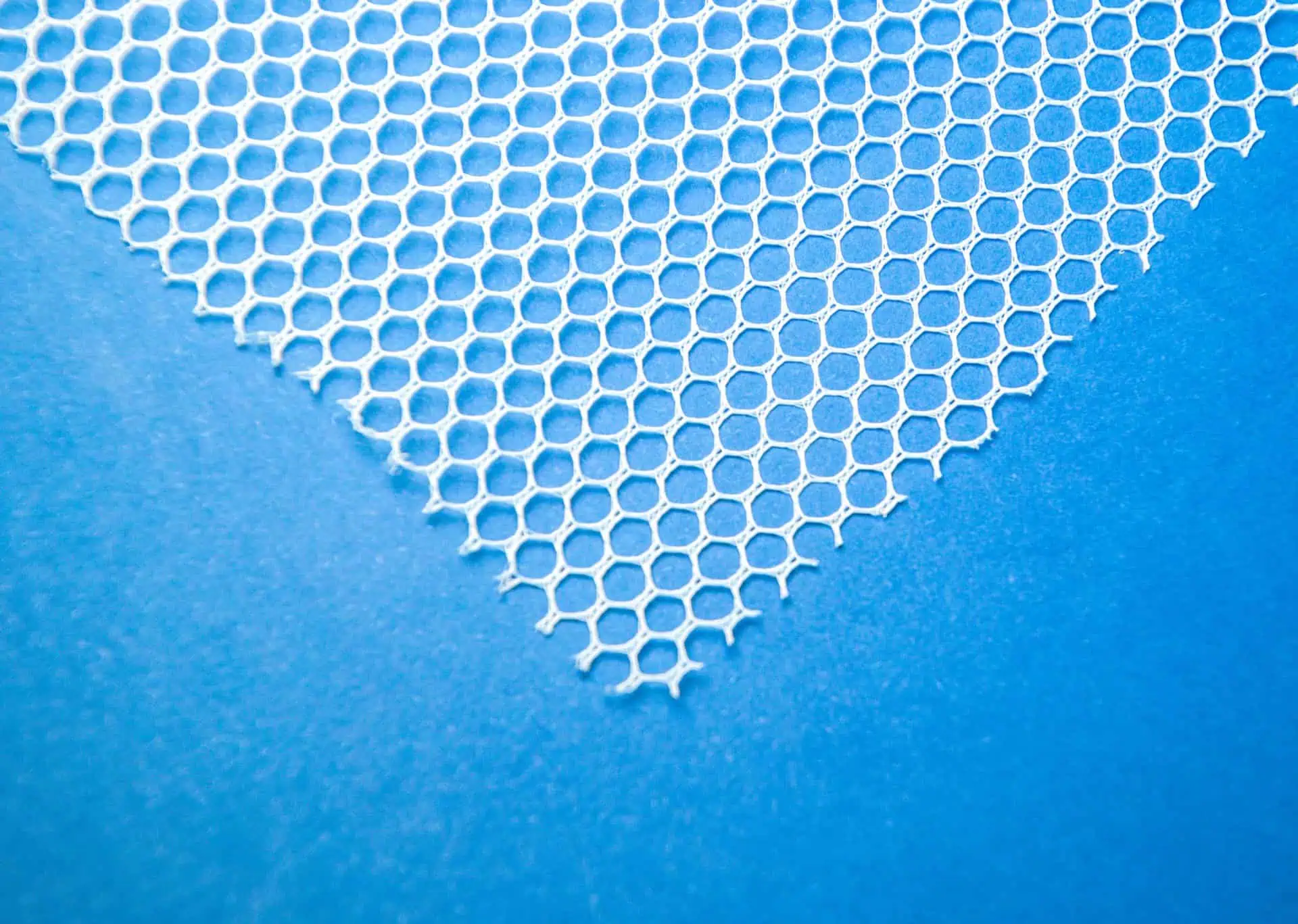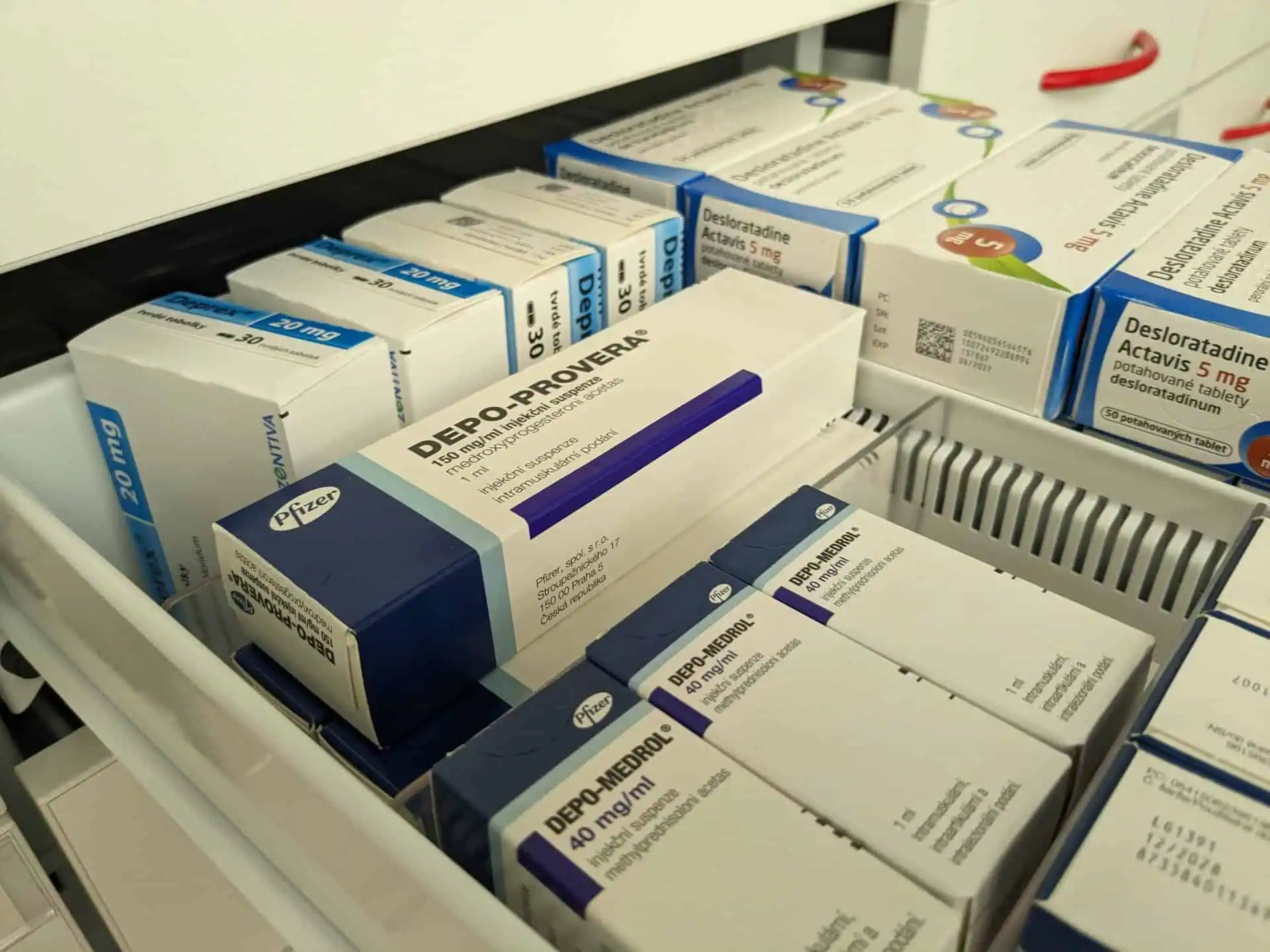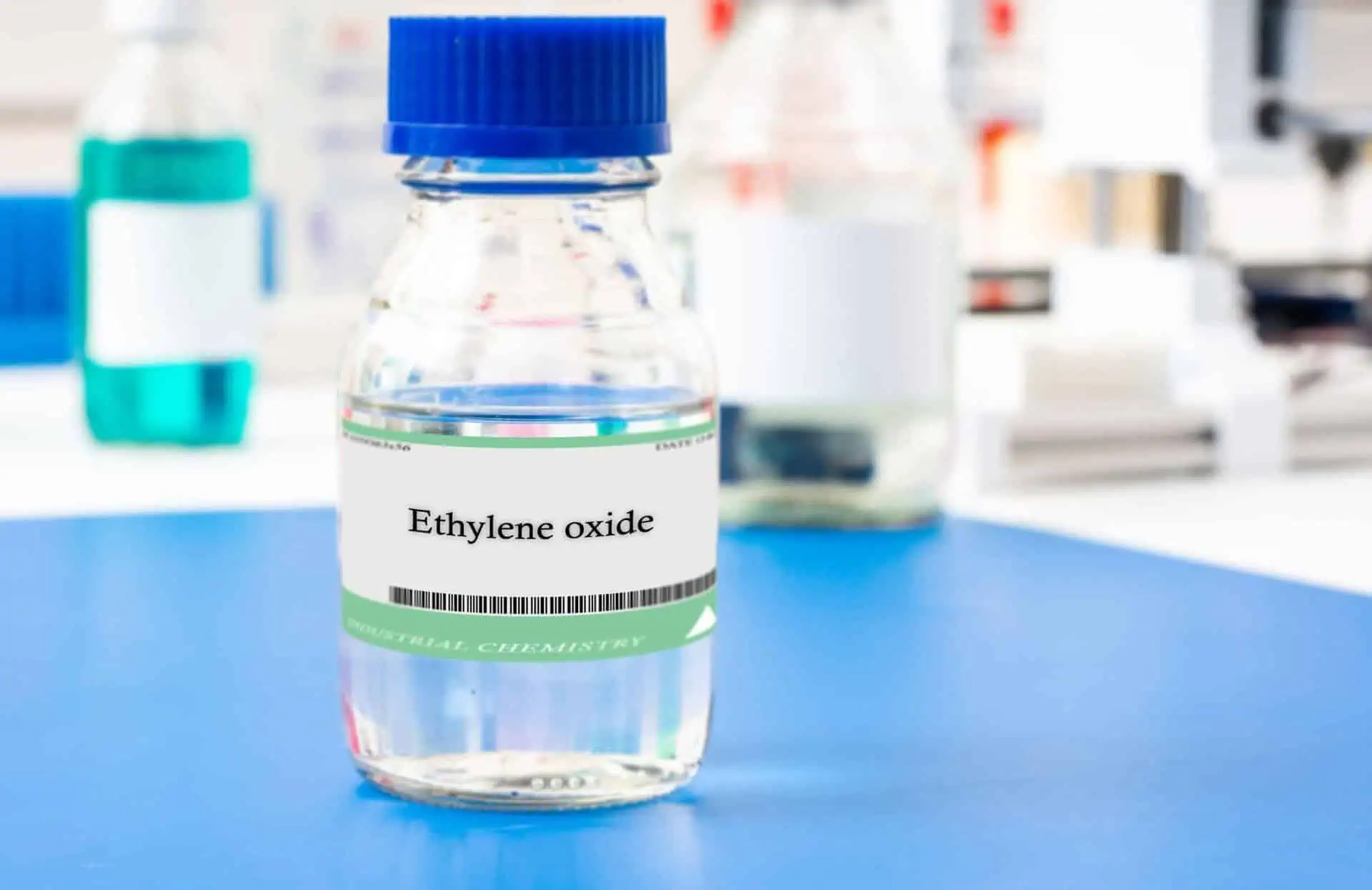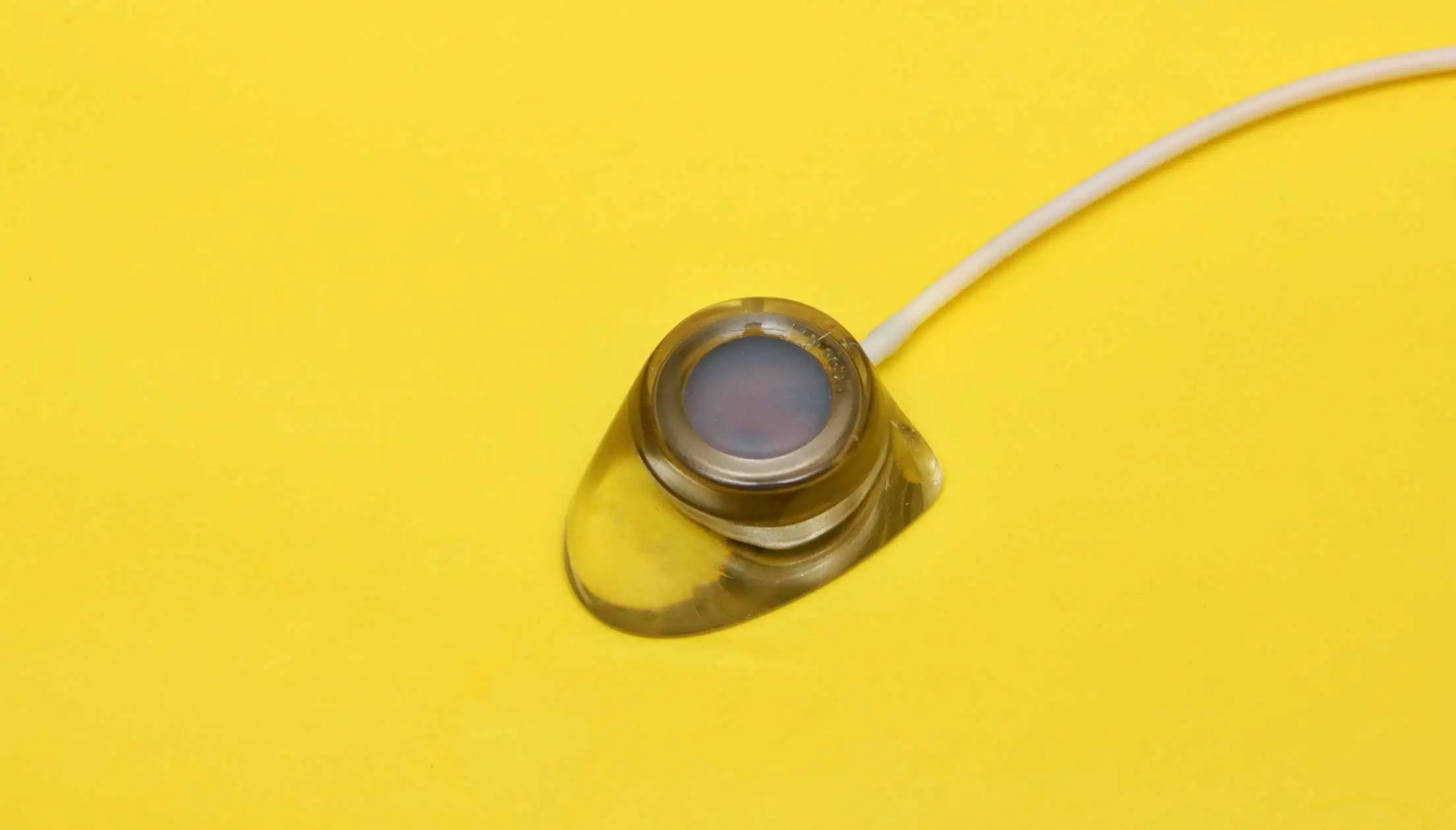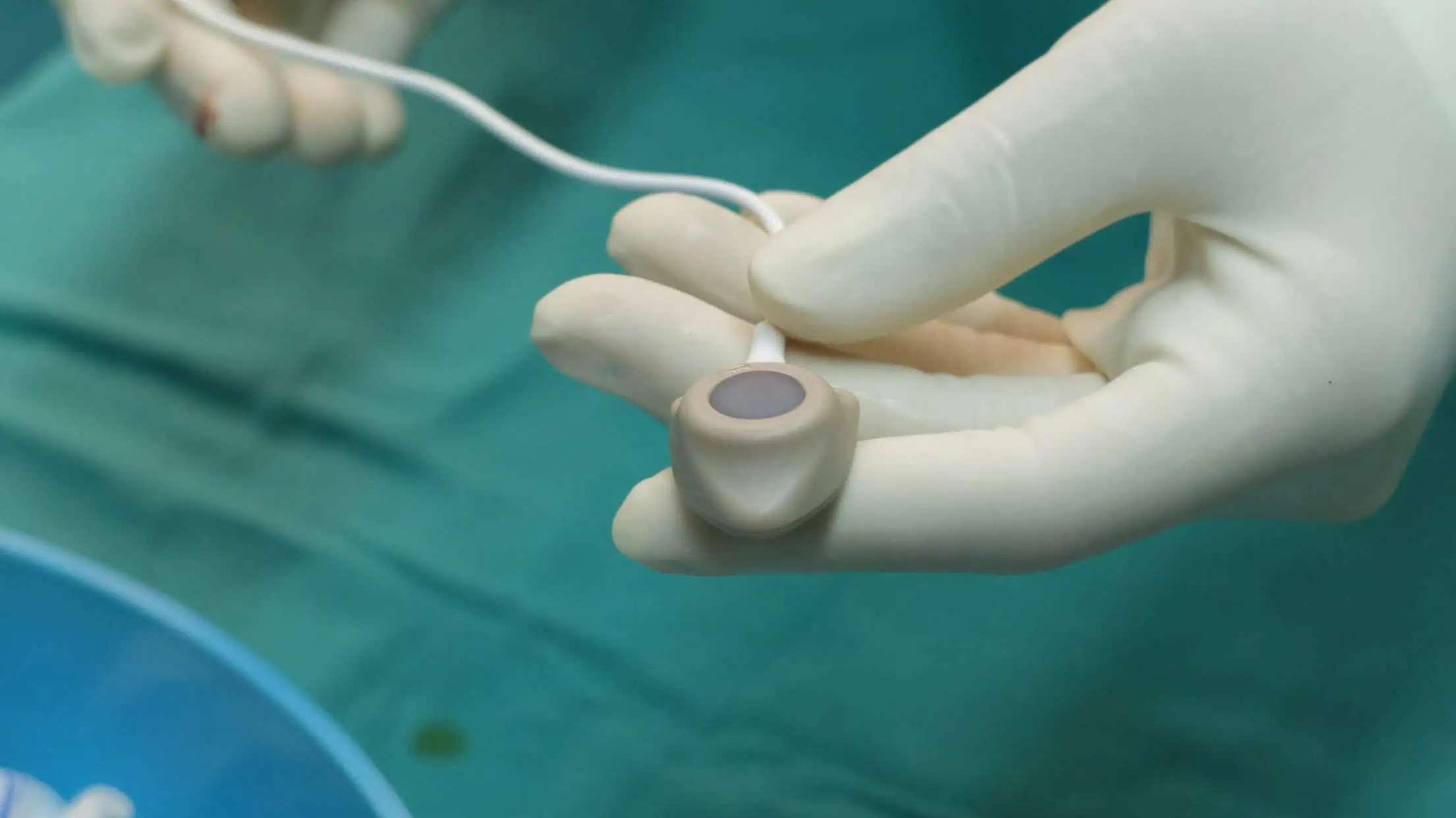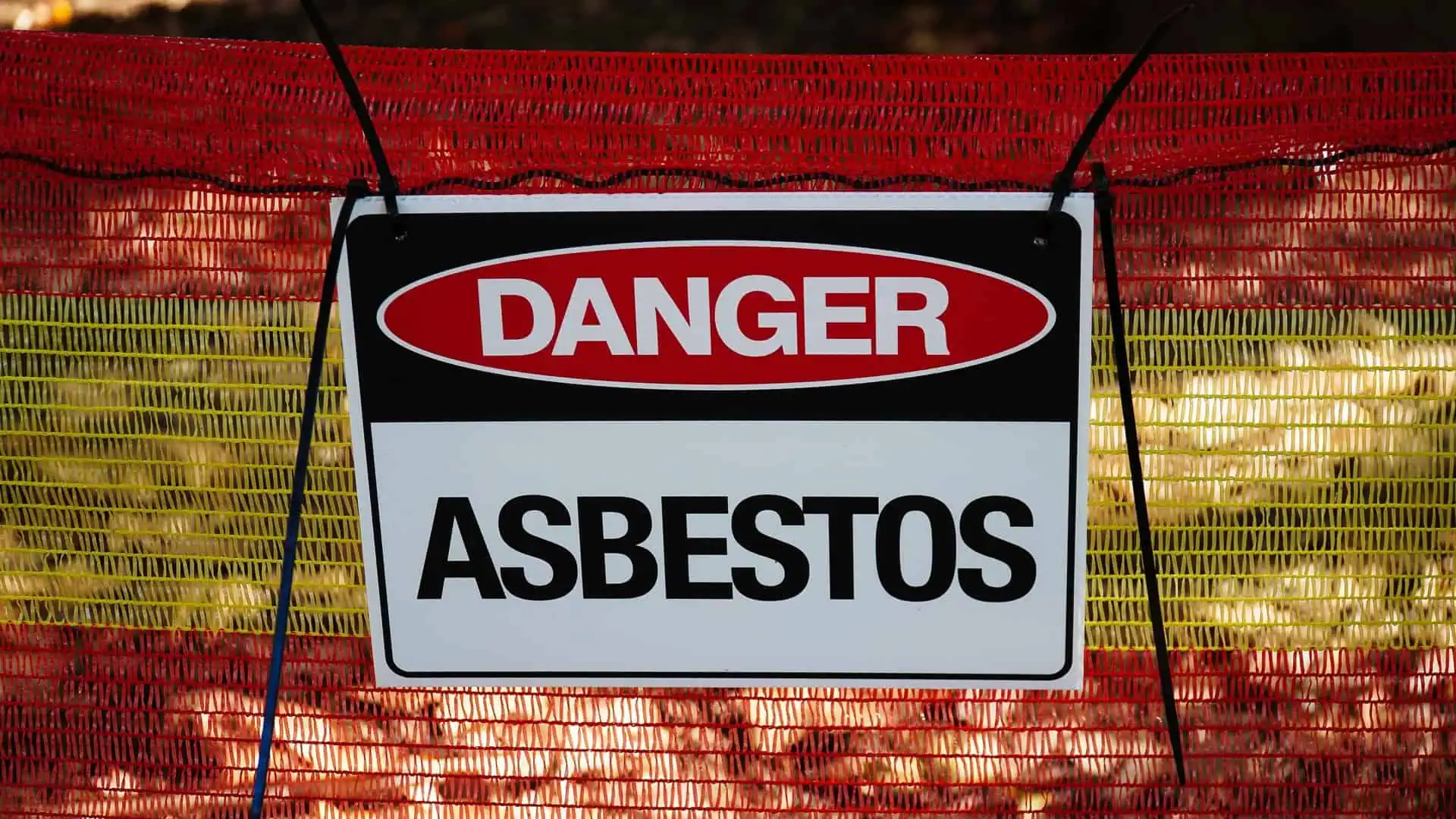Judge Selects Three Cook IVC Cases for Trial in 2017
- Last Updated: July 27th, 2023

Attorney Jessica Paluch-Hoerman, founder of TruLaw, has over 28 years of experience as a personal injury and mass tort attorney, and previously worked as an international tax attorney at Deloitte. Jessie collaborates with attorneys nationwide — enabling her to share reliable, up-to-date legal information with our readers.
Legally Reviewed
This article has been written and reviewed for legal accuracy and clarity by the team of writers and legal experts at TruLaw and is as accurate as possible. This content should not be taken as legal advice from an attorney. If you would like to learn more about our owner and experienced injury lawyer, Jessie Paluch, you can do so here.
Fact-Checked
TruLaw does everything possible to make sure the information in this article is up to date and accurate. If you need specific legal advice about your case, contact us by using the chat on the bottom of this page. This article should not be taken as advice from an attorney.
Judge Selects Three Cook IVC Cases for Trial in 2017
On July 19, U.S. District Judge Richard Young issued an order naming three bellwether trial plaintiffs that will be tried in 2017.
Over 650 federal IVC filter lawsuits filed against Cook Medical have been centralized in MDL 2570.
According to an order signed by Judge Young, the three cases set for trial in 2017 include:
- Brand v. Cook Medical, Inc. et al., Case No. 1:14-cv-6018 (Celect)
- Gage v. Cook Medical, Inc. et al., 1:14-cv-1875 (Günther Tulip)
- Hill v. Cook Medical, Inc., et al, 1:14-cv-6016 (Celect)
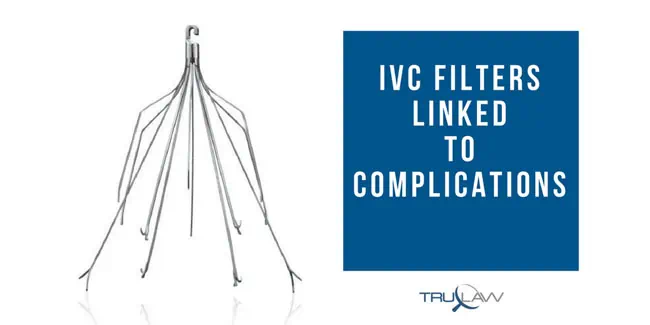
The lawsuits and others pending make similar allegations, including:
- The companies failed to let patients know that IVC filters are prone to breakage, tilting, and migration from the initial insertion position.
- Migrating filters may puncture the lungs, heart, or inferior vena cava, causing serious and even fatal injuries.
- Cook concealed the known risks and failed to warn of known or scientifically knowable dangers
The Cook IVC filter multidistrict litigation (MDL) was established in October 2014 in the Southern District of Indiana to reduce the risk of duplicative discovery, avoid conflicting rulings, and be more convenient for the parties, witnesses, and the courts.
Table of Contents
What Are IVC Filters?
IVC filters are medical devices placed between the proximal vessels of the lower extremities and the right side of the heart to help prevent pulmonary embolism by catching blood clots and preventing them from traveling to the lungs.
Over the past 30 years, the use of the filters has steadily increased.
While around 2,000 filters were implanted in patients in the U.S. in 1979, by 1990, over 120,000 filters had been placed, and at the end of the decade, nearly 50,000 IVC filters were being implanted each year.
Since 2005, the U.S. Food and Drug Administration (FDA) has received more than 900 reports of adverse events connected to IVC filters.
According to the FDA, the majority of these filters are not retrieved, and their benefits continue to make them a frequent choice for doctors and patients, despite the risk of increased fracture, embolism, and IVC wall penetration.

Managing Attorney & Owner
With over 25 years of legal experience, Jessica Paluch-Hoerman is an Illinois lawyer, a CPA, and a mother of three. She spent the first decade of her career working as an international tax attorney at Deloitte.
In 2009, Jessie co-founded her own law firm with her husband – which has scaled to over 30 employees since its conception.
In 2016, Jessie founded TruLaw, which allows her to collaborate with attorneys and legal experts across the United States on a daily basis. This hypervaluable network of experts is what enables her to share the most reliable, accurate, and up-to-date legal information with our readers!
Here, at TruLaw, we’re committed to helping victims get the justice they deserve.
Alongside our partner law firms, we have successfully collected over $3 Billion in verdicts and settlements on behalf of injured individuals.
Would you like our help?
At TruLaw, we fiercely combat corporations that endanger individuals’ well-being. If you’ve suffered injuries and believe these well-funded entities should be held accountable, we’re here for you.
With TruLaw, you gain access to successful and seasoned lawyers who maximize your chances of success. Our lawyers invest in you—they do not receive a dime until your lawsuit reaches a successful resolution!
AFFF Lawsuit claims are being filed against manufacturers of aqueous film-forming foam (AFFF), commonly used in firefighting.
Claims allege that companies such as 3M, DuPont, and Tyco Fire Products failed to adequately warn users about the potential dangers of AFFF exposure — including increased risks of various cancers and diseases.
Depo Provera Lawsuit claims are being filed by individuals who allege they developed meningioma (a type of brain tumor) after receiving Depo-Provera birth control injections.
A 2024 study found that women using Depo-Provera for at least 1 year are five times more likely to develop meningioma brain tumors compared to those not using the drug.
Suboxone Tooth Decay Lawsuit claims are being filed against Indivior, the manufacturer of Suboxone, a medication used to treat opioid addiction.
Claims allege that Indivior failed to adequately warn users about the potential dangers of severe tooth decay and dental injuries associated with Suboxone’s sublingual film version.
Social Media Harm Lawsuits are being filed against social media companies for allegedly causing mental health issues in children and teens.
Claims allege that companies like Meta, Google, ByteDance, and Snap designed addictive platforms that led to anxiety, depression, and other mental health issues without adequately warning users or parents.
Transvaginal Mesh Lawsuits are being filed against manufacturers of transvaginal mesh products used to treat pelvic organ prolapse (POP) and stress urinary incontinence (SUI).
Claims allege that companies like Ethicon, C.R. Bard, and Boston Scientific failed to adequately warn about potential dangers — including erosion, pain, and infection.
Bair Hugger Warming Blanket Lawsuits involve claims against 3M — alleging their surgical warming blankets caused severe infections and complications (particularly in hip and knee replacement surgeries).
Plaintiffs claim 3M failed to warn about potential risks — despite knowing about increased risk of deep joint infections since 2011.
Baby Formula NEC Lawsuit claims are being filed against manufacturers of cow’s milk-based baby formula products.
Claims allege that companies like Abbott Laboratories (Similac) and Mead Johnson & Company (Enfamil) failed to warn about the increased risk of necrotizing enterocolitis (NEC) in premature infants.
Here, at TruLaw, we’re committed to helping victims get the justice they deserve.
Alongside our partner law firms, we have successfully collected over $3 Billion in verdicts and settlements on behalf of injured individuals.
Would you like our help?

